Interview by Geno McGahee
When a film wins one award at a film festival, it is news. When a film hits hard at every festival it is entered into, the buzz begins and that is what has happened with BABY GIRL, a Kevin Stevenson film that has just hit Amazon Prime from Cinema Epoch.
Ranging from Best LGBT Feature to Best Ensemble Cast, BABY GIRL, has picked up many acknowledgments and now the available audience has grown as one of the biggest digital outlets in Amazon Prime.
Stevenson sat down with Scared Stiff to discuss this film, the overall process, the festval run and much more…
GM: Your film “BABY GIRL” was just released and it’s coming out with a full head of steam, picking up many awards at different film festivals. How was your experiences during the production of this film and how satisfying has the festival circuit been?
Thanks for taking the time to talk with me. As you mentioned, our feature film BABY GIRL has found some success in its festival run. Initially, the title was called THE HURT. With some thought from our distributor Greg Hatanaka with Cinema Epoch, we decided to change the name to BABY GIRL.
Taking home a best LGBT film award, a Breakout Performance award for Catt Bellamy, a best supporting actress for Every Heart, and Indie Spirit Award for editing and cinematography. Along with 11 other nominations.
I’m most proud about the best breakout performance and best supporting actress, because the actresses Catt Bellamy and Every Heart deserve it. They both uplifted this film to another level, and their depictions of these lost souls really jump off the screen. When Every Heart’s character, Diablo, seduces Catt Bellamy’s character, Cody, the movie takes on a magical element that resonates. The duality Diablo embraces is remarkable. From being a confidant to Cody, to being her maniacal predator had the audience gasping when she makes the switch. And it’s a testament to Catt, for being a young 18 year old starlet, she played it flawlessly with so many nuances to her character. From the ability to be so vulnerable, yet so defiant is a tough thing to do. Because most people in real life who are vulnerable act strong and defiant as a defense mechanism.
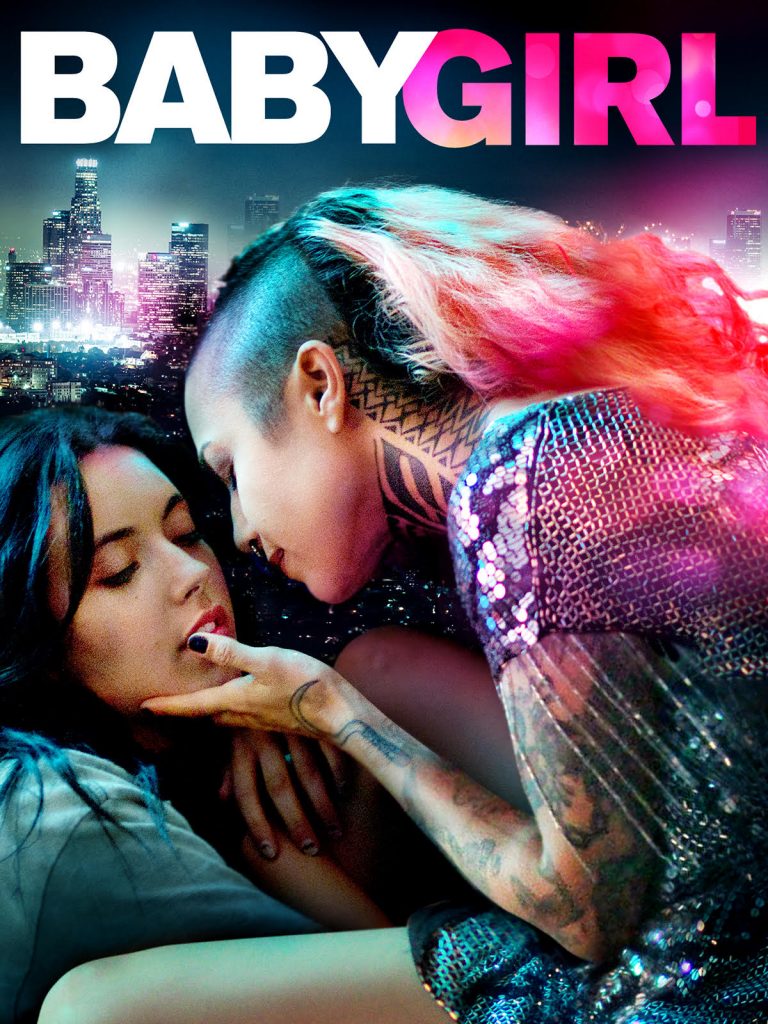
In terms of my experience with production, it was a process that developed over the course of the 10 day schedule. We didn’t have any camera tests, which I would have preferred. So, we had to find the look of the film while shooting the first two days. It was fun working with the gaffer Jesus Yanez to create different looks. He made it easy to change the lighting because he worked his tail off and seemed to never take a break- always perfecting the lighting to fit the story. While production was a blast, and seemed to go without a hitch, I also really enjoyed the rehearsal time we had. The brainstorming process and collective input for the cast was exciting, and the satisfaction I had to hear the lines read out loud in its entirety is always pure joy for me.
GM: Can you tell us a little about BABY GIRL and what the fans should expect when they sit down to view it?
BABY GIRL is a coming of age, with a rough edge to it. Most people have bad influences they must deal with. In Baby Girl’s case, the bad influence comes in the form of Diablo, which I’m confident the audience is going to root for, despite her evil intentions. She is an anti-hero that is seeking vengeance, and sweet Cody is caught in the middle. Their love affair is going to be remembered the most because they had such great chemistry. Their relationship will have the viewers glued to their screens, that’s for sure.
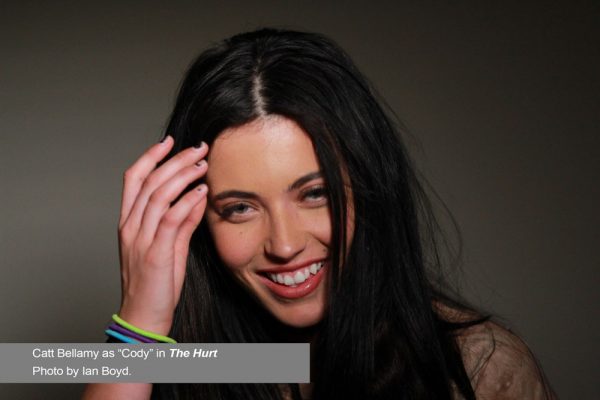
GM: You’ve directed a lot of short films prior to going into this feature production. How has the transition been?
There is no comparison between a short film and a feature film. A feature film is quite possibly the hardest thing anyone can do. The time, energy, and dedication it takes, is beyond exhausting, and at times, I felt like I could have worked myself to death. That’s when I leaned on my crew for help. In the past, I was able to gut through filming a short film. But with feature films, I burn the candle at both ends, and there are times when I had nothing in the tank. But I’ve learned this isn’t a bad thing… It’s at this moment, where my crew picks me up and we really begin our journey where everyone has a major role and begins to give 110%. This is the moment I cherish because we are all in it together pushing towards the finish line, even if they are dragging me across…
GM: What was the most enjoyable part of directing and what do you consider to be the most frustrating?
The most enjoyable part of directing is creating the world beforehand. Drawing up storyboards, lookbooks, designing the website, rehearsals, location scouting, wardrobe, and character backstory are all so much fun for me. It’s like I get to create the movie/story without any limitations of budget and scheduling constraints.
The most frustrating part of filmmaking is that we seem to always be behind schedule. I wish we had time for more takes, more coverage, and more options. But time is always of essence, no matter how big the budget and production is. Don’t get me wrong, it’s a love/hate thing, because I actually like that pressure. Because it forces us to make a decision and get creative. These budget constraints FORCE us as filmmakers to come up with creative solutions to make it work, and it seems to always turn out better.
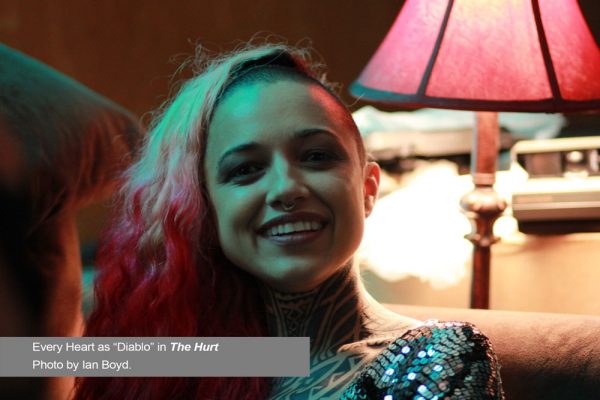
GM: Considering you’ve directed and have done cinematography along with many other things in film, what is your favorite role and why?
I love being a cinematographer on set. I get to create a look and a world these characters live in. And that’s the same reason why I love pre-production as a director so much. Creating a world comes natural to me, because I’m always in “my own world” and I see reality in a very unique way. Which is why filmmaking comes natural to me. But to answer your question, I love them both equally, but more specifically, I love the pre-production as a Director, and I love production as a Cinematographer. For this film, I was especially lucky because I got to do both!
GM: What got you into film? What inspired you and who were your early inspirations?
I got into film a little late compared to my colleagues. Starting at 21 year of age, I began with the traditional black and white photography, developing film inside the chem labs. From there, working with classmates, shooting their scripts seemed to give me a lot of satisfaction, which allowed me to work late hours, obsessed about making my short films as good as possible. Once I bought my first camera, the legendary Canon GL2, it was all history from there. I bought a Panasonic hvx-200, Canon 7D, Sony FS-700, Canon 300, and then my dream camera Arri Alexa Mini. It was quite the evolution which allowed me to stay engaged with technology and experiment with different brands, lenses, and sensor sizes.
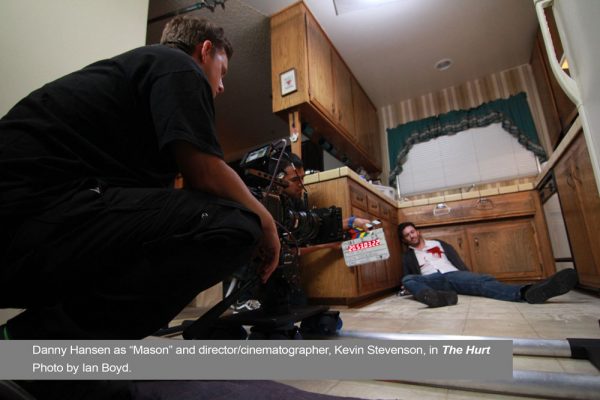
My early inspirations were horror/thriller movies I watched late at night, after my parents went to bed. I loved watching movies such as Running Man, Fire in the Sky, Invasion of the Body Snatchers, Jaws, The Terminator, Robocop, and others along those lines. There was something exciting about putting a movie on, turning off the lights, and watching the opening credits to movie. Along with this, sports were a huge influence because it taught me that hard work does pay off.
GM: With the digital market for film becoming a difficult place for filmmakers and piracy and the acceptance of it on the rise, how does a filmmaker overcome it and make a healthy profit?
A major oversight with filmmakers is not allocating a lion’s share of the budget towards marketing. Also, having an enthusiast sales team and distributor is instrumental in the film’s success. I’m extremely happy with our distributing partners at House of Film and Cinema Epoch for getting us the badly needed exposure.
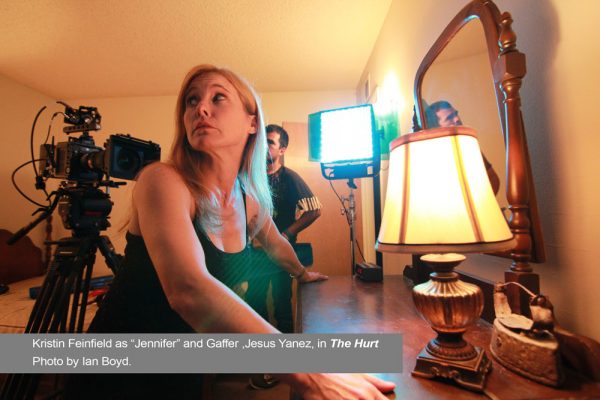
Having the film premiere in as many states as possible will allow the movie to be seen, but almost more importantly, it allows news outlets and movie critics to review the movie and write an article about it. It’s also critical for the cast and crew to be present to answer Q&A’s, do interviews, and share the success. Aside from that, having a limited theatrical run is a big marketing ploy, that will allow bigger news outlets to review it, which is worth its’ weight in gold. All this creates a buzz leading up to the release date of the movie, and it needs to be done so there is no wasted momentum. All these awards and articles should coincide with the release. And the initial few days of the release is the most integral part because the algorithms in the streaming platforms demand an early success out of the gate. The movie needs to jump to the top of the new releases to stay relevant. It’s much harder for a new release to climb from the bottom to the top.
I feel like in today’s market of streaming, the poster and trailer is actually more important than the movie itself. People need to be drawn in with the poster, and then the trailer, and then if you’re lucky they will stream the movie. That is if the first 5 minutes is good. So, I’ve learned that the opening credits needs lot of thought, and cannot be overlooked by the filmmakers.
GM: What is your next project?
My next film is called Cuddle Buddies, but the title will most likely be changed to A Girl Upstairs. It’s about an agoraphobic artist who paints in her art studio. Living alone for years, she discovers the ability to create imaginary friends from her paintings. Everything seems to be innocent, until these friends become her foes and try to kill her. We already shot this film and it’s in the can. We are now in post production.
In addition to that, I’m also in pre-production to film a thriller in the bayou of Louisiana. Stay tuned because we plan on making one movie a year.
GM: Do you have any closing comments?
Thanks for taking the time to talk with me. Feel free to stream my latest film BABY GIRL on Amazon.